
Photos by the author.

An acorn fallen on a lawn doth not a mighty oak make. It was that fact that made me gather acorns and move them elsewhere. As I did so, I discovered that other creatures did likewise, but the elsewheres varied.
At the edge of my yard, a chipmunk (Tamias striatus) collected acorns and scolded me with a loud high-pitched “chip, chip, chip, …” I bet that call was given at least a 100 chips per minute, even while the chipmunk’s mouth and cheek pouches were stuffed full of acorns. When its pouches could not hold another acorn, the chipmunk scampered out from beneath the witch-hazel shrubs, crossed the driveway and disappeared down a hole somewhere in the neighborhood of the zinnias. Back and forth a zillion times at lightning speed went the chipmunk.
The chipmunk and I kept company a long time that September morning. The acorns showered down with each stirring breeze. Acorns and acorn caps, having separated, landed here and there, some plinking and ricocheting off the steel rooftop, some plunking onto the ground with a jump and a roll, others pelting me.
The elsewhere for the chipmunk was most likely an enlarged chamber within a tunnel system which it had dug in my flower bed during the summer. During winter its cache of stored acorns and other seeds would serve to sustain the chipmunk whenever it would stir from its torpor or dormancy or just rest (its state being influenced by the severity of the winter’s weather).

Only a slight rustling gave away the presence of my other acorn-gathering companion, the woodchuck (Marmota monax). The woodchuck’s elsewhere was its stomach. It would nose around and find an acorn; then it would sit upon its haunches, raise its shoulders straight up, and hold the acorn between its front paws to crunch, munch and swallow. Earlier I had discovered its burrow, the opening at the base of the white oak’s trunk, but during that morning the woodchuck wandered some feet away from its hole as it selected the delicacies laid before it. Voraciously it relocated acorns, proving its common names (suggesting Sus domesticus) quite apt. That groundhog or whistlepig would put on fat and be sustained while it fasted during the winter when its breathing would slow and its body temperature would hold at about 50 degrees Fahrenheit.
As I also rooted around – so to speak – I found acorn fragments which attested to the prior presence of another cruncher-muncher of acorns, a tree-climbing, branch-traversing one. However, at the moment while I was on all four upon the ground gathering acorns, so was the squirrel. To my annoyance, the fox squirrel (Sciurus niger) could find an acorn, grab it with the mouth, dig a hole, insert the nut and tamp the soil with its front paws faster than I could get an acorn picked up and put in a container. Unfortunately, although the squirrel was relocating the acorns just as I intended to do, the squirrel’s elsewhere was the yard where, come spring, a lawn mower would most likely hit the acorns’ seedlings, chew ‘em up and spit ‘em out.

Briefly I held each gathered acorn, noting a waxy luster and silky smoothness that would suggest viability. Acorns went into my pants pockets or the make-shift pouch of my shirt tail or the five-gallon bucket stationed repeatedly in the most acorn-populace region of the yard. Like the gold-coveting Prince John of Robin Hood, I’d let the bright objects dribble through my fingers into the bucket and think “Acorns, beautiful acorns, how I love acorns.”
I flung away marred acorns, especially ones defaced by weevils’ boreholes. I had learned that if any of those grub-infested acorns existed in the pile, the stored acorns rapidly became fodder. I had read that a grub is the larva of an acorn weevil; it hatches from an egg placed within the nut through a hole made by the adult female’s snout.
White oak acorns germinate in autumn as soon as moisture is available. The acorn’s tough coating will split; a root will appear, lengthen and hopefully find soil conditions suitable, but the oak tree seedling will not emerge until spring. As soon as my bucket was full of acorns, off I went, braving the heat and mosquitos, to plant my acorns. Over and over, I dug a hole with a garden trowel, inserted an acorn and pushed soil over it. I admit the bucket was only half empty when I decided that I should imitate the natural way and let the acorns fall as they may; so I began sowing seed by grabbing handfuls and tossing them up and out. Also, I remembered a friend’s suggestion, “to avoid the labor-intensive act of planting, just dump the acorns onto a stump in the woods and let the squirrels do the job.”

Maybe he was just joking about the squirrels doing the job, but that friend Ray Herman, who was the first president of the Illinois Forestry Association and the co-author of Illinois Direct Seeding Handbook, was a fellow seed relocator. He annually collected thousands of pounds of tree seeds. Many of those acorns which developed into seedlings and saplings at nurseries may well be the oak trees being enjoyed currently by visitors (human and otherwise) at municipal green spaces, at state parks and state forests, as well as within private woodlands, throughout Illinois and Missouri. One year when the oaks fruited prolifically, Herman saw potential in a grassy hillside on his family’s farm; soon acorns moved from out of a truck bed into a soil bed. Now, 30 years later, after growth and additional plantings, a diverse woodland community exists on that hillside.
There’s a woodland I know whose soil has never met with plow. That woodland community has existed for hundreds of years, fifty of which mark the time of my responsibility to it. There, one autumn day, a red-bellied woodpecker was poking an acorn into a decaying tree snag. Beneath a white oak tree, ruffled leaves and bare ground suggested that an eastern wild turkey had been relocating acorns from forest floor to beak and then through long esophagus to stomach. The call of an acorn-snacking blue jay was emanating from high up above me. As often as I can, I spend time in the company of acorn relocators.
Reference
R. Herman, D. Schmoker, B. Sloan and T. Ward, 2003. Illinois Direct Seeding Handbook, A Reforestation Guide, Illinois EPA and USDA Natural Resources Conservation Service, Champaign IL.
For years, Patty Gillespie shared her enthusiasm for language and nature and got paid for it at a public school and at a nature center. Now she plays outdoors as often as she can and writes for the sheer joy of it.






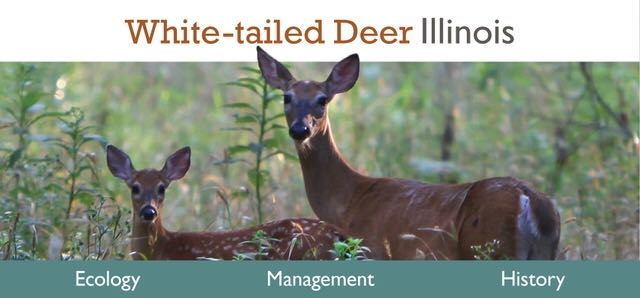
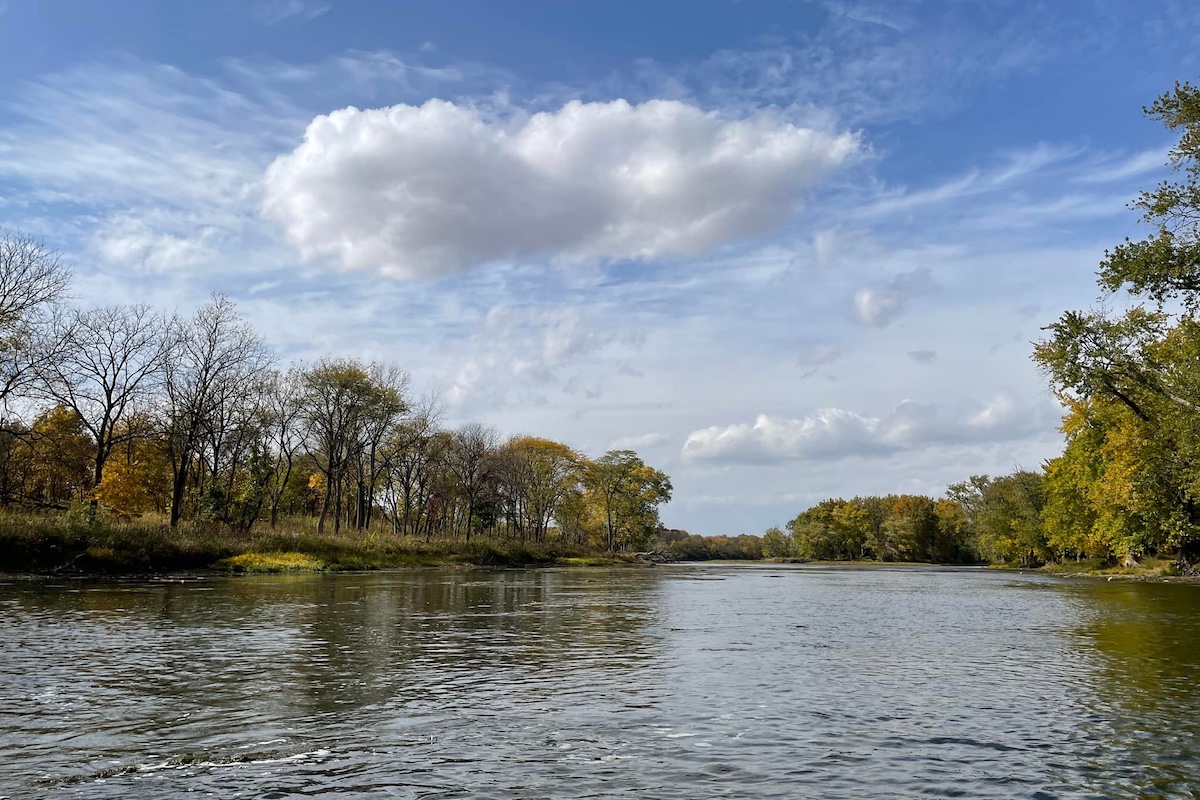
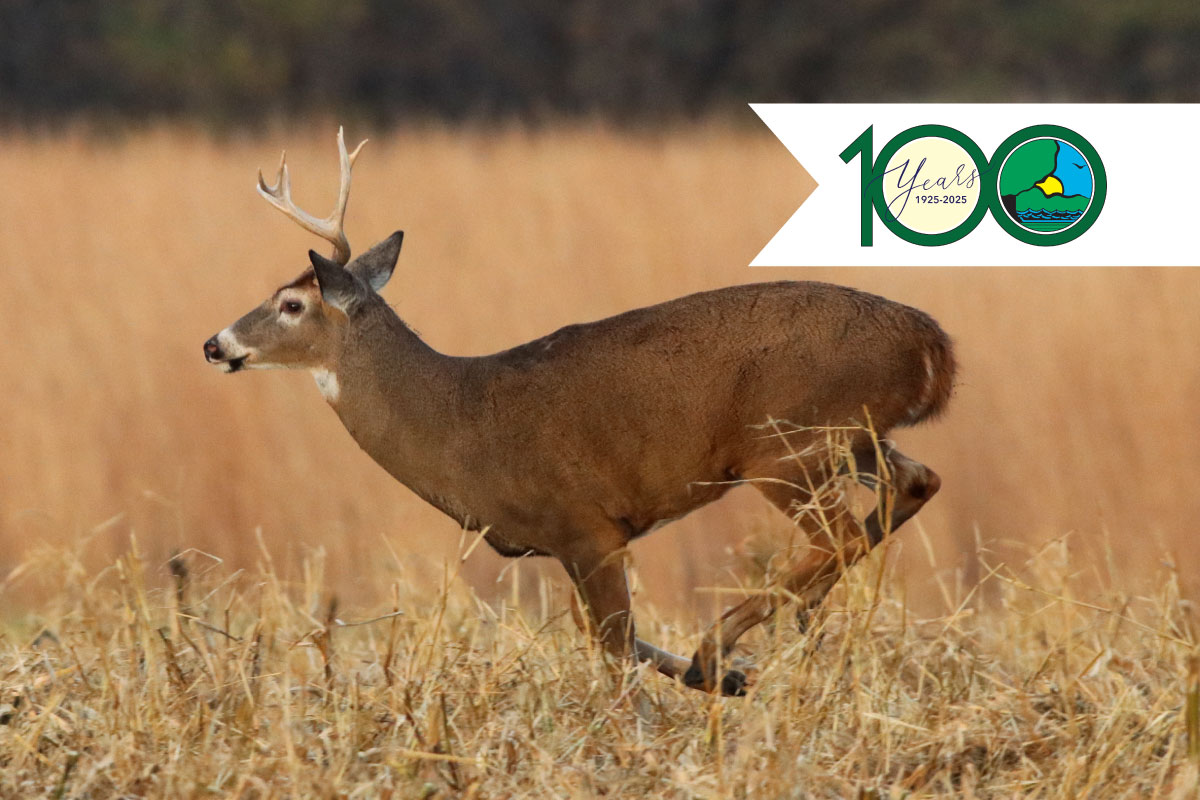

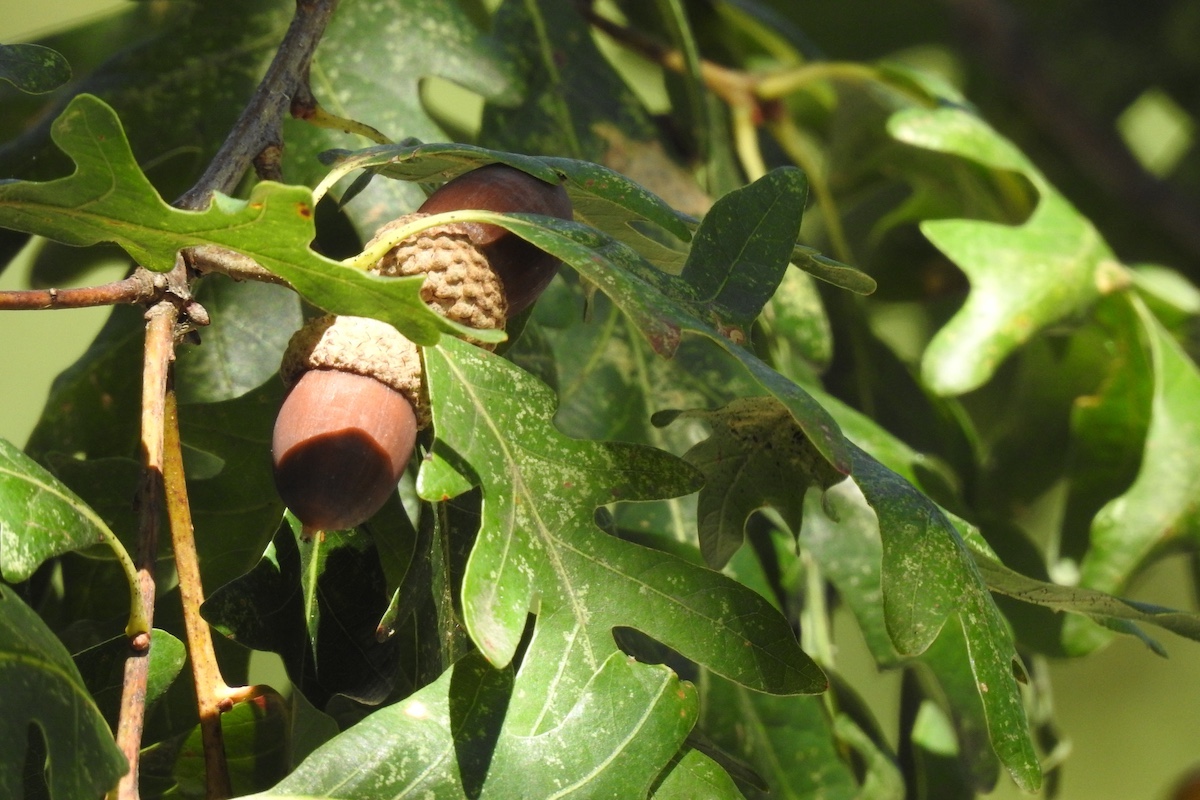
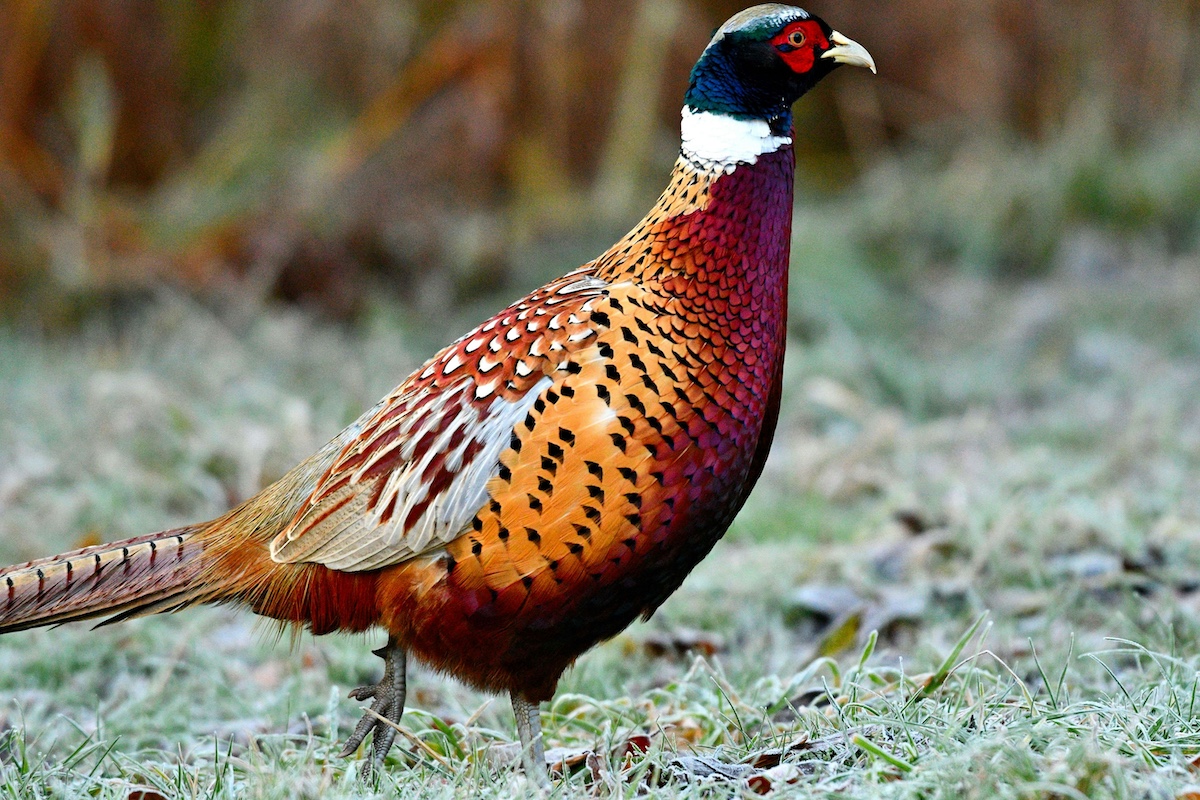
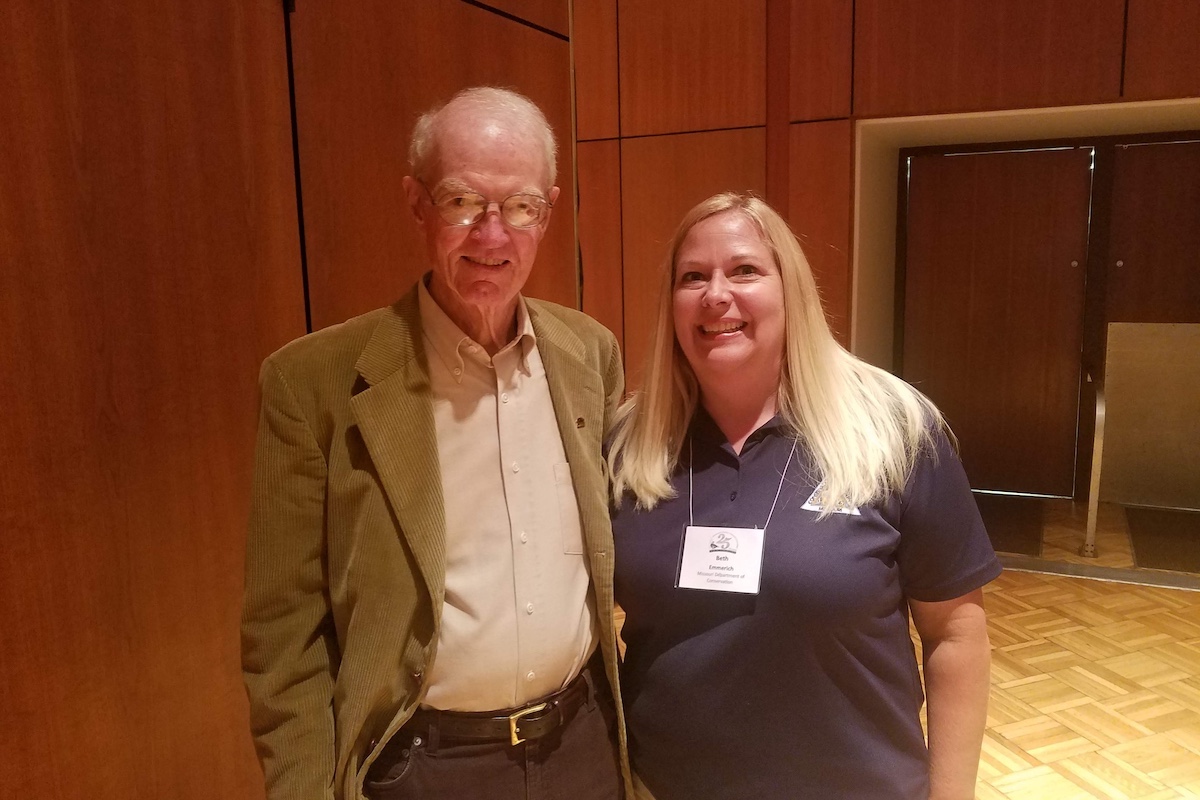
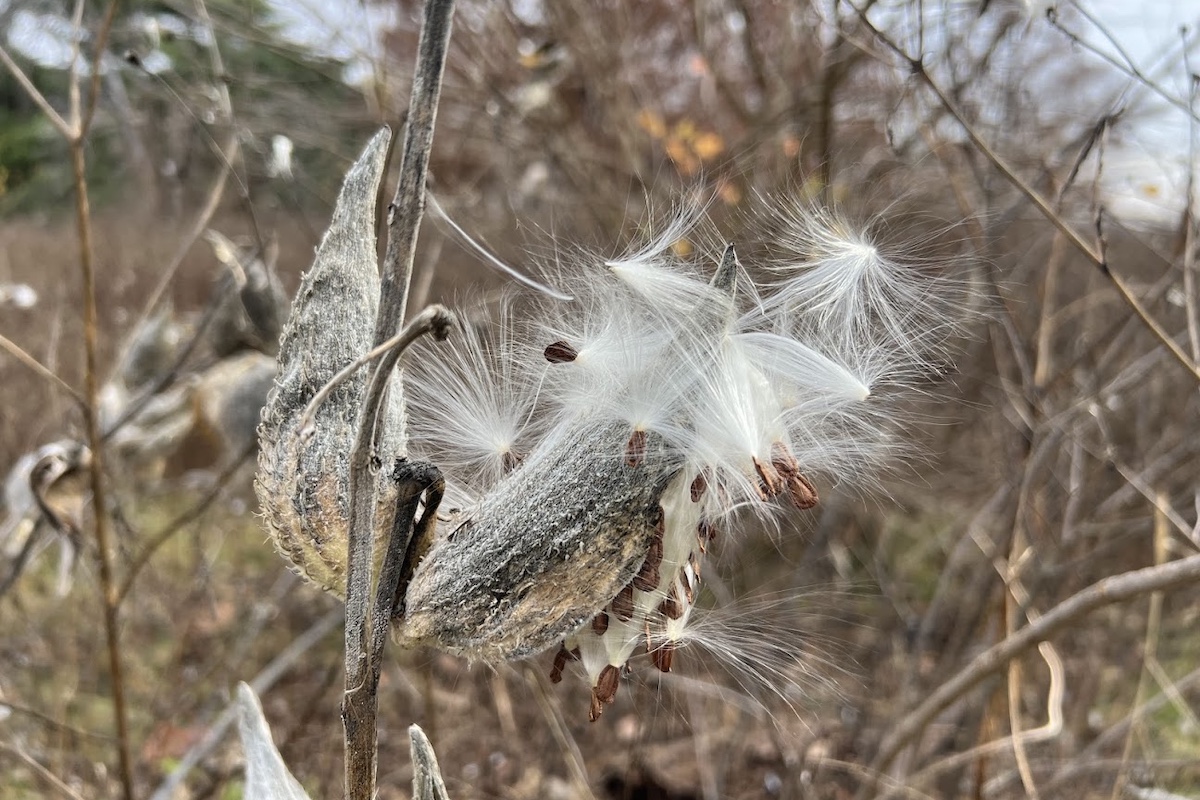
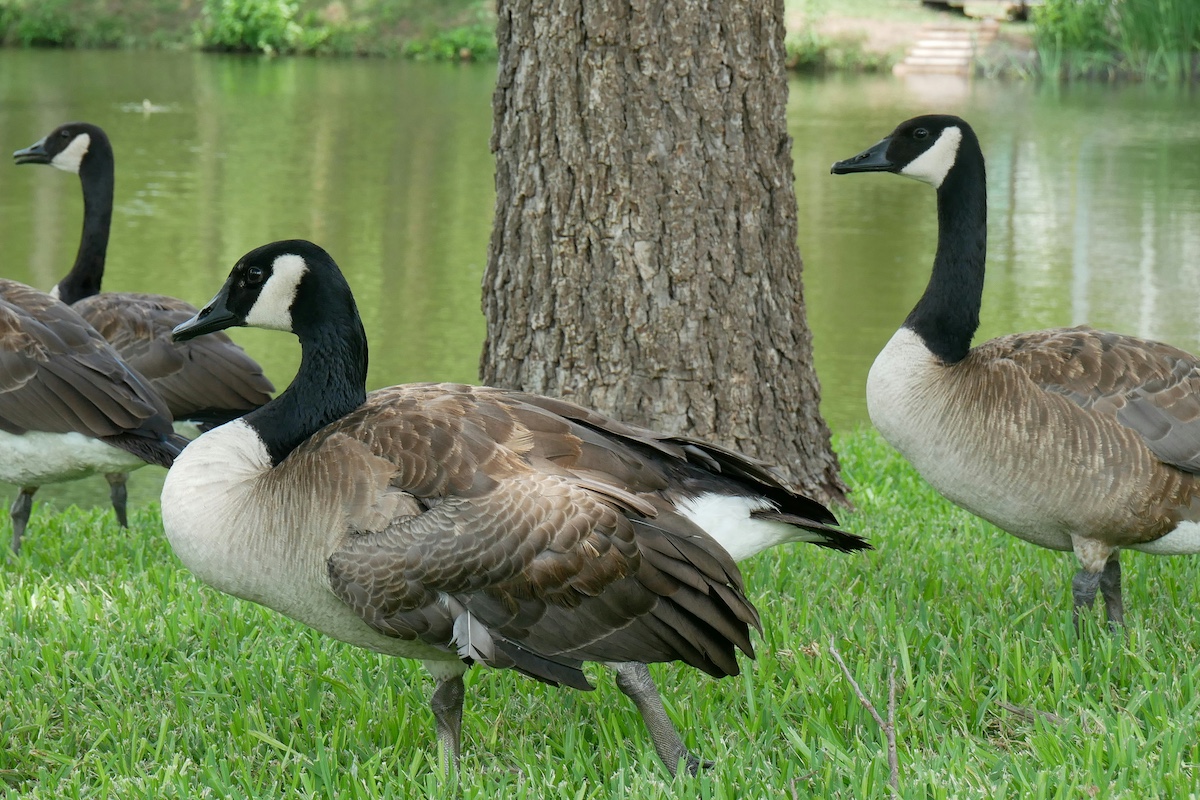
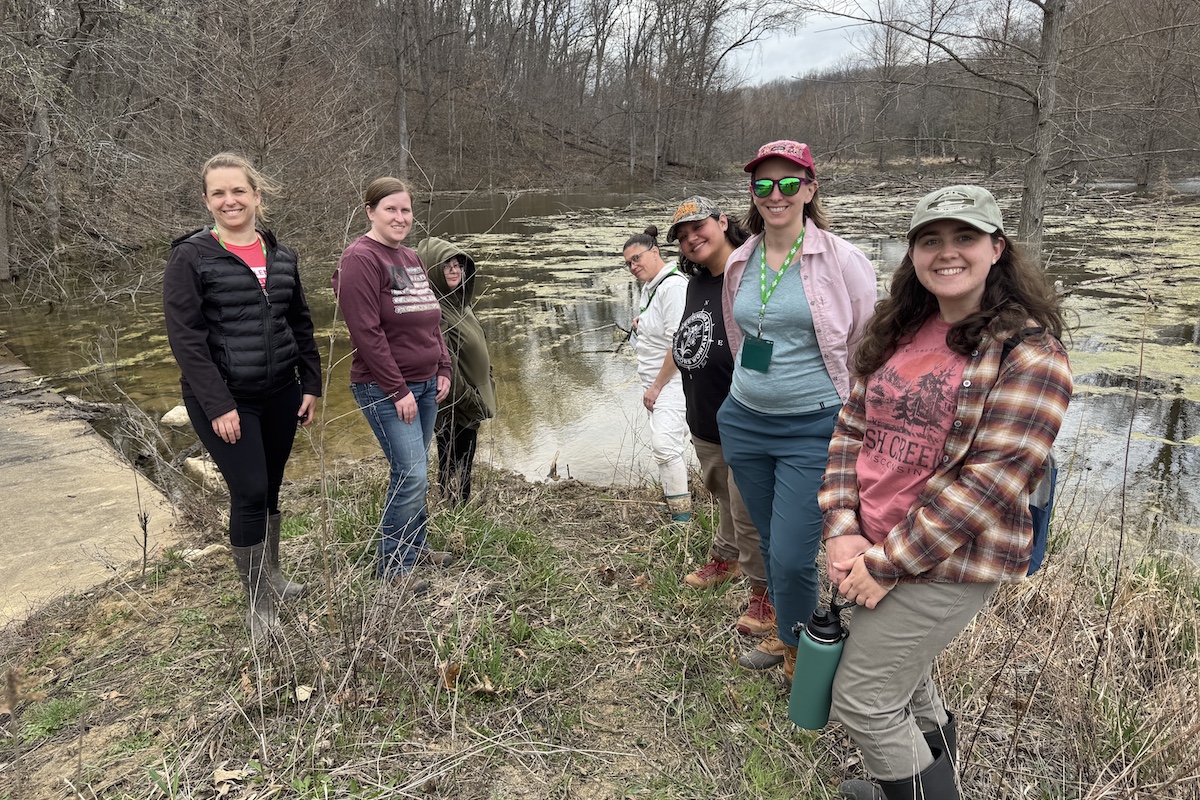

Submit a question for the author
Question: We have acorns and hickory nuts and I am talking barrels full. Really don’t want them to go to waste but my health is too bad to do anything with them. 309-337-0283 my number